Help Oceana Canada Stop Seafood Fraud
Program Launches February 2018
The seafood Canadians eat should be safe, legally caught and honestly labelled.
Canadians enjoy seafood and care about where their food comes from. Unfortunately, we are routinely given little-to-no information about the seafood we eat, and the details that are provided can be misleading or even fraudulent. This hurts our health, our wallets and our oceans. Oceana Canada is working to require boat-to-plate traceability for all seafood, which will help prevent fraud and mislabelling, keep illegally caught fish out of the Canadian market, and provide more information to consumers about their purchases.
Oceana Canada was established as an independent charity in 2015 and is part of the largest international advocacy group dedicated solely to ocean conservation. Canada has the longest coastline in the world, with an ocean surface area of 7.1 million square kilometres, or 70 per cent of its landmass. Oceana Canada believes that Canada has a national and global obligation to manage our natural resources responsibly and help ensure a sustainable source of protein for the world’s growing population.
By doing a better job of tracing seafood from boat to plate and providing consumers with accurate information, the Canadian government can help ensure the choices we make are healthier for ourselves and our oceans.
HOW TO USE LIFESCANNER
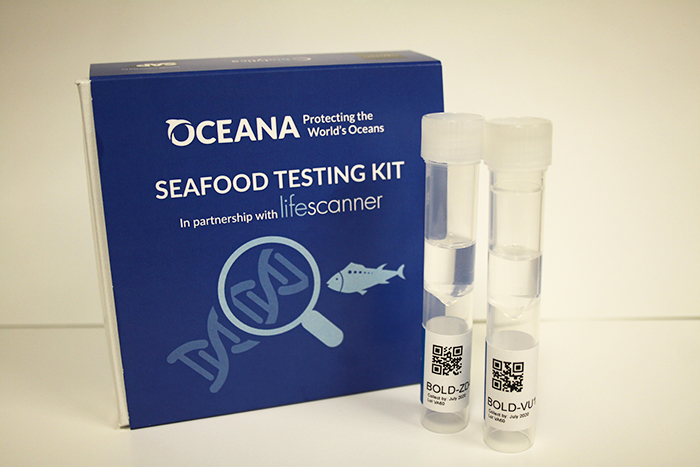
Receive and Register your Kit
Sign up here to join the initiative. Receive a project specific 2-vial LifeScanner kit in the mail. Each kit contains: 2 sampling vials with special chemicals, a pair of tweezers, and a pre-paid return package
To get started with your kit, register here. You will find the kit code number on the Kit Registration Voucher that comes with your kit.
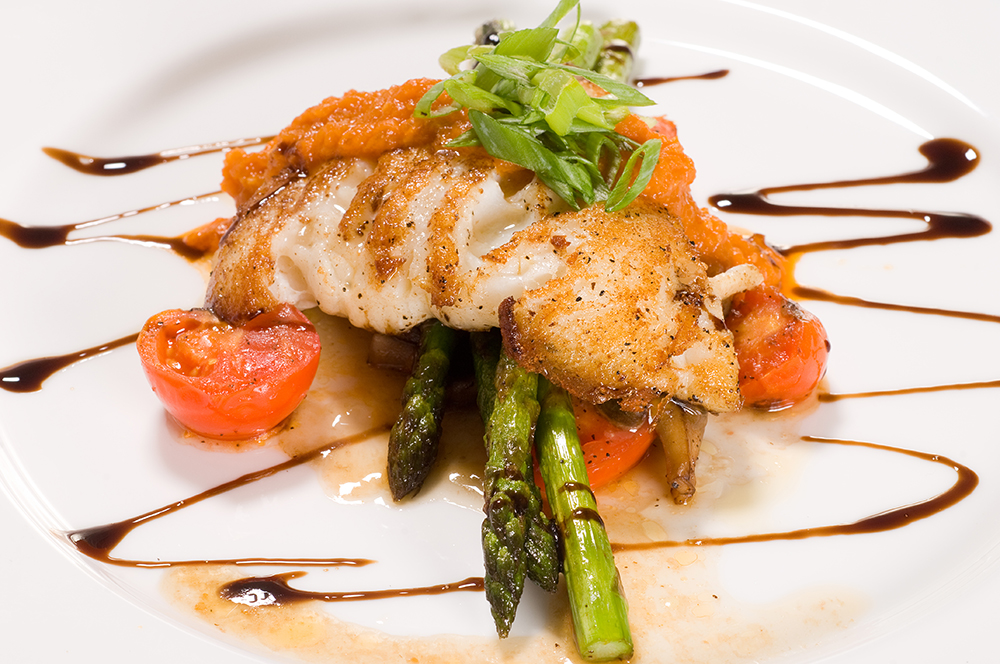
Buy seafood at a local restaurant, sushi bar, or grocery store
In your confirmation email, you were sent an instruction sheet. Please refer to it for more complete instructions.
Each kit contains two sampling vials, which means you purchase two different types of fish from one location or visit two different locations . If you visit a grocery store, purchase a fresh or frozen product.
Types of fish to test: Pacific salmon, halibut, cod, red snapper, snapper, sole, sea bass, European bass, pickerel, grouper.
Don’t forget to ask the server or employee for species information for whichever fish you purchase!
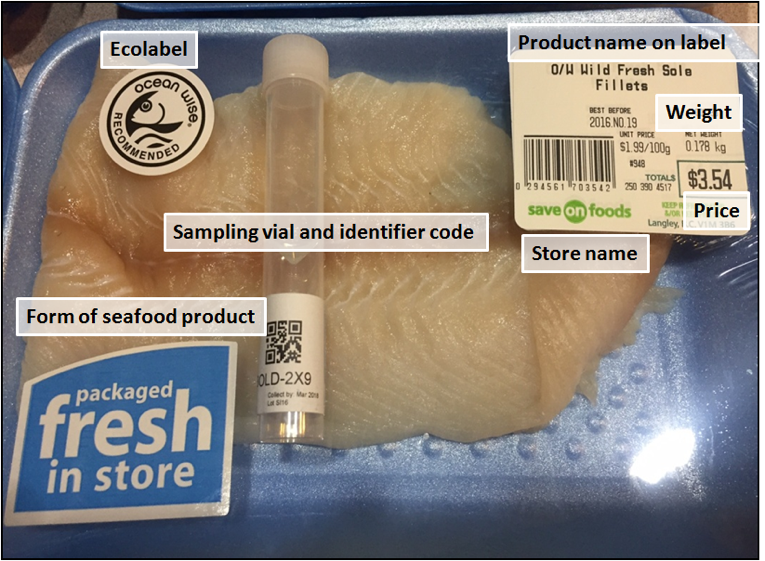
Data Collection
In your confirmation email, you were sent a data collection sheet. Please refer to it for the full instructions and bring it with you to record the necessary information.
If you are visiting a restaurant or sushi bar, be sure to take a photo of the menu or display board where your purchases appear. If you are buying your sample from a grocery store fish counter, take a photo or record the details on the price market in the display case, as there are often more details about type and source of fish. Be sure to take front, back and side pictures of your seafood purchase while still in the original packaging with your sample vial in the photograph.Use the LifeScanner site to submit the data for each vial.
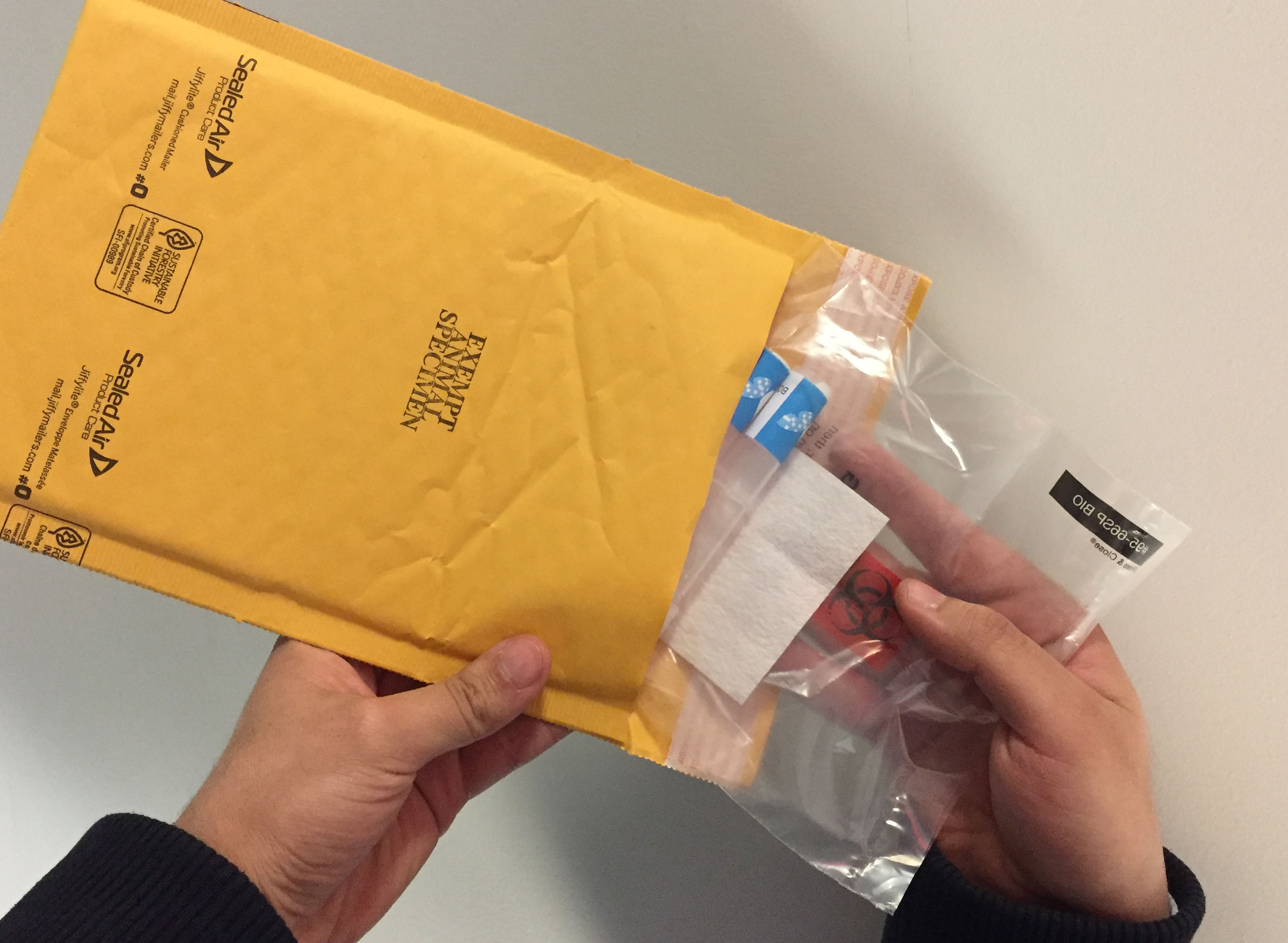
Return your kit
Please complete your samples, place in return envelope and put in the mail by April 30th.
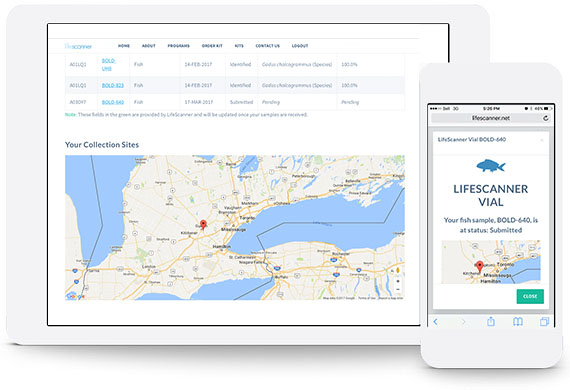
See Your Results
The purchase location of your sample will be identified on a map of Canada. The resulting DNA barcode is compared against thousands of seafood species collected from around the world to see if what you bought corresponds correctly to the label. Check back here to learn about what you found.
FREQUENTLY ASKED QUESTIONS
Q: Why do I need to pick a fish from the list?
A: Certain types of fish are more prone to substitution than others, for reasons including price and availability. Oceana Canada is focusing its investigation on fish that have been shown to have higher levels of mislabelling.
Q: Why is it important to ask for species information?
A: The common names we often use are not specific to a single species. For example, halibut and cod can both be either Atlantic or Pacific. There are several species of Pacific salmon. Both sole and snapper can be more than 100 different species each. Species-level information is required to truly assess the situation.
Q: Why am I being asked not to publicly disclose the name of the restaurant or store where my sample was bought?
A: Seafood fraud and mislabelling can happen anywhere along the supply chain and we can all be victims of it, including stores and restaurants. The objective of this investigation is to show how widespread this issue is and work with the government to require boat-to-plate traceability, rather than call out individual actors who may themselves be victims of fraud.

